
Copernical Team
Intelsat To sustainably extend life of four satellites by 2027
 Intelsat, operator of one of the world's largest integrated satellite and terrestrial networks and leading provider of inflight connectivity (IFC), ordered its second Mission Extension Pod (MEP) from Northrop Grumman Corporation's SpaceLogistics, which will add life to an Intelsat satellite, providing uninterrupted services to many customers. The new contract represents the fourth deal with Spac
Intelsat, operator of one of the world's largest integrated satellite and terrestrial networks and leading provider of inflight connectivity (IFC), ordered its second Mission Extension Pod (MEP) from Northrop Grumman Corporation's SpaceLogistics, which will add life to an Intelsat satellite, providing uninterrupted services to many customers. The new contract represents the fourth deal with Spac Even though they're bigger, Generation 2 Starlinks are fainter than Gen1
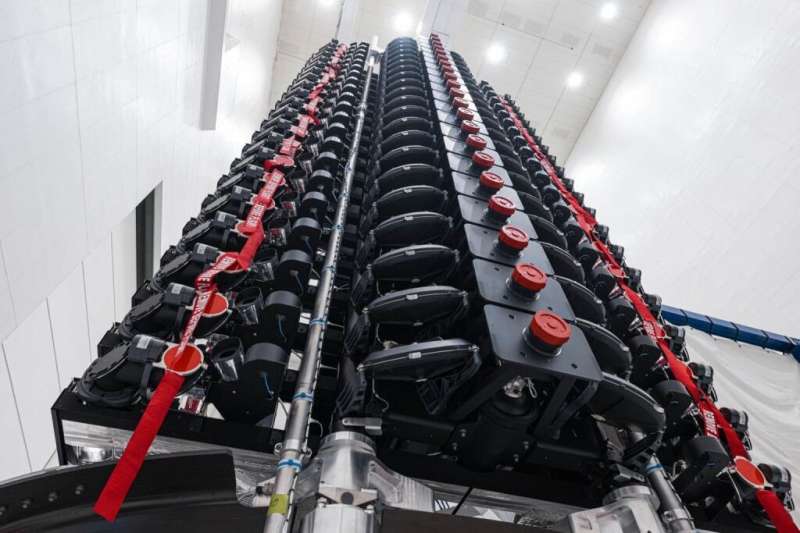
We've filed plenty of reports here at UT warning about the potential impact of Starlink and similar satellites on the field of astronomy. We've gone so far as to point out that the granddaddy of space-based telescopes—Hubble—has already had some of its images tarnished by passing Starlink satellites.
However, SpaceX has been aware of the problem and is working to limit their product's brightness. The recently launched Gen2 satellites seem to have made a significant step forward—research from a team of amateur astronomers finds that the new Gen2 Starlinks are more than 10x fainter than previous Gen1 iterations.
Admittedly, that finding comes with a lot of caveats. But the pedigree of the team doing the research isn't in question. It was led by Anthony Mallama, a senior engineer at Raytheon and an author of numerous technical papers and articles discussing Starlink's brightness. He and six other amateur astronomers collected their own data for this paper, recently released on the arXiv pre-print server.
A trio of images highlight BepiColombo’s third Mercury flyby

The ESA/JAXA BepiColombo mission has made its third of six gravity assist flybys at Mercury, snapping images of a newly named impact crater as well as tectonic and volcanic curiosities as it adjusts its trajectory for entering Mercury orbit in 2025.
Printing electronics to help space missions lose weight
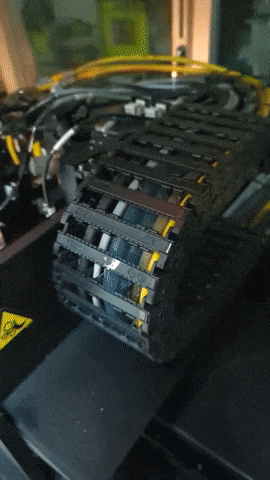
The functionality of any space mission is determined by its electrical, electronic and electro-mechanical (EEE) components. While individually small in size, a standard satellite can contain thousands of these active and passive devices, along with several kilometres of connective links ESA is looking into printing these electronics, to boost overall robustness while driving down mass, manufacturing lead times, and cost.
Introducing Crew-7!
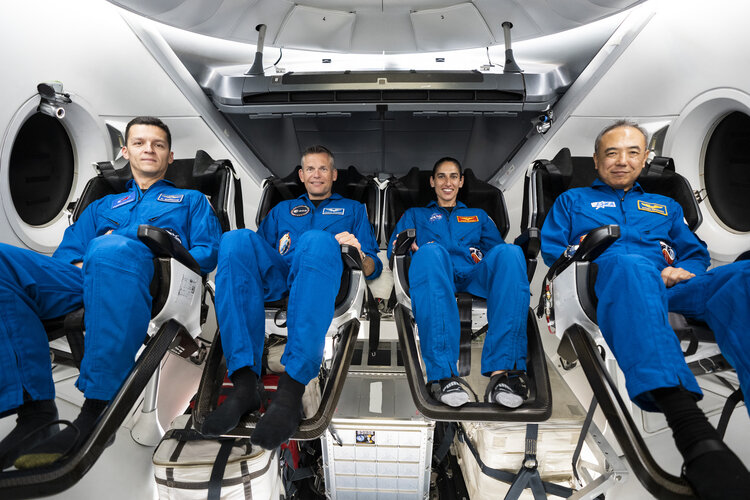
The final two crewmembers of Crew-7, for which ESA astronaut Andreas Mogensen is the pilot, have been announced. They will fly to the International Space Station (ISS) later this summer.
Paris Air Show Live - session on the ambitions of Europe in human and robotic exploration
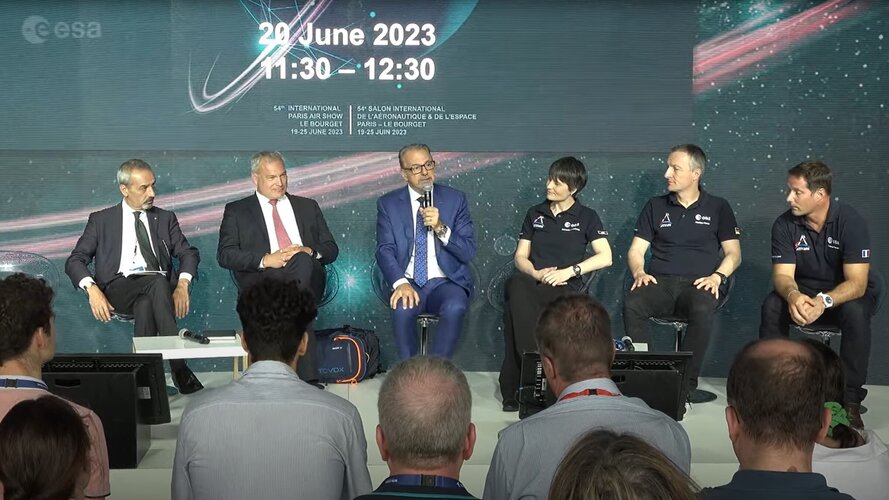 Video:
00:47:00
Video:
00:47:00
Watch the replay of the conference on Europe’s ambitions in human and robotic space exploration, streamed live from Le Bourget. Speakers include ESA Director General Josef Aschbacher, CNES CEO Philippe Baptiste and Director General of the German Space Agency Walther Pelzer. ESA astronauts Thomas Pesquet, Samantha Cristoforetti and Matthias Maurer will contribute their views.
ESA Pavilion 360° virtual tour | Explore the Paris Air Show with Matthias Maurer
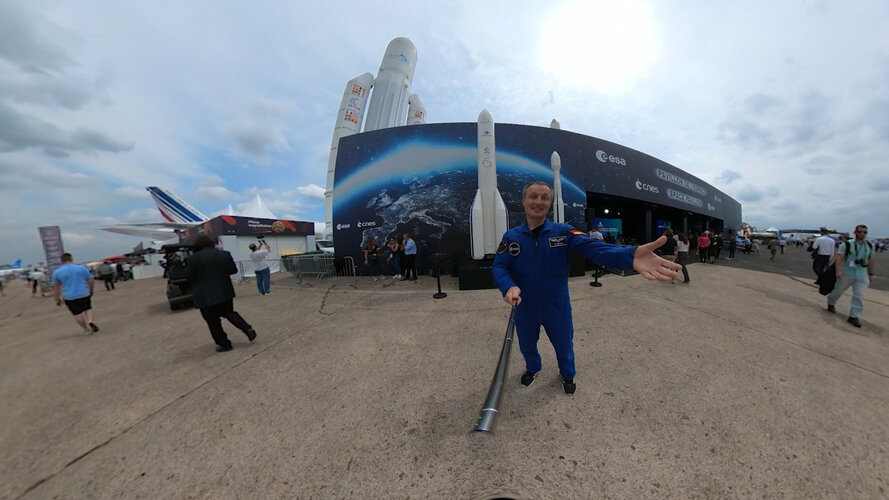 Video:
00:03:42
Video:
00:03:42
Experience the thrill of the Paris Air Show 2023 with our 360VR tour! Join ESA astronaut Matthias Maurer as he guides you through the ESA pavilion, showcasing the Euclid satellite and the incredible journey of Juice to Jupiter. Immerse yourself in the excitement and mysteries of the universe.
Don't miss the chance to join us in person during the public days this weekend and get ready for an unforgettable adventure!
Access all the videos from Paris Air Show 2023.
Please accept the website cookies to see the YouTube version and experience the 360VR tour.
UK suffers marine heatwave
 Image:
Some of the most severe marine heat increases on Earth are occurring in the seas surrounding the UK and Ireland. Satellite measurements show that water temperatures in certain areas are above average for this time of year.
Image:
Some of the most severe marine heat increases on Earth are occurring in the seas surrounding the UK and Ireland. Satellite measurements show that water temperatures in certain areas are above average for this time of year. European leaders host Musk, chase Tesla investment
 Billionaire Elon Musk swept into Paris on Friday to hold court at an event with thousands of spectators hours after meeting the leaders of Italy and France, as European capitals jostle for investment from his electric car firm Tesla.
He told the audience at the huge VivaTech trade fair his ambition was to put neurone implants in a human brain this year and defended his controversial decision
Billionaire Elon Musk swept into Paris on Friday to hold court at an event with thousands of spectators hours after meeting the leaders of Italy and France, as European capitals jostle for investment from his electric car firm Tesla.
He told the audience at the huge VivaTech trade fair his ambition was to put neurone implants in a human brain this year and defended his controversial decision This salty gel could harvest water from desert air
 MIT engineers have synthesized a superabsorbent material that can soak up a record amount of moisture from the air, even in desert-like conditions.
As the material absorbs water vapor, it can swell to make room for more moisture. Even in very dry conditions, with 30 percent relative humidity, the material can pull vapor from the air and hold in the moisture without leaking. The water could
MIT engineers have synthesized a superabsorbent material that can soak up a record amount of moisture from the air, even in desert-like conditions.
As the material absorbs water vapor, it can swell to make room for more moisture. Even in very dry conditions, with 30 percent relative humidity, the material can pull vapor from the air and hold in the moisture without leaking. The water could 